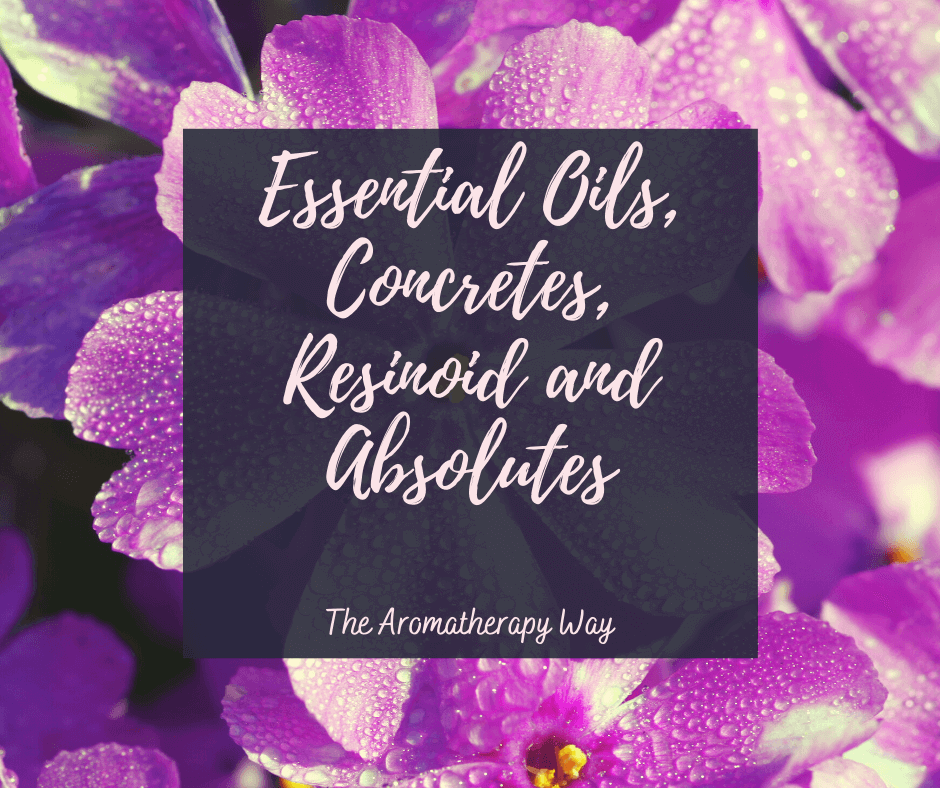
- HerbSpace
- Mon,02 2020
Top 5 Ways To Spot A Fake Essential Oil
In a society that is becoming more and more obsessed with health, it has become easier to sell anything in attractive packaging. Many times, people don't even bother to check ingredients before making a purchase. Everyone is here to make some profit. Some do it genuinely while some take the other way. As a consumer, it is your responsibility to ensure whether the product you're going to buy is worth it.
If we take the example of the aromatherapy industry, there are a lot of fake essential oils surviving in the market. Not every scented oil is an essential oil, you must understand that. With a market worth more than $6 billion globally, a case of fraud should not come as a surprise. Therefore, it is important to know those early signs that can help you decide whether the oil is fake.
How To Spot?
It is very easy to pick a quality essential oil while avoiding fake ones. It might look like a difficult task but you can do it yourself just by keeping a few things in mind. Though the best way to ensure this is a lab test, that's not a viable option for an individual from a non-chemical background. Here are our top 5 tips to spot a fake oil:
#1 Compare Price
All you need to do is pick a quantity and check the price of the same product in the same quantity for other brands. Not all cheap products are fake. Sometimes, a product might be hilariously expensive (to cover costs of advertisement, promotion, sales, and more) and still not offer the expected therapeutic benefits. So, a price comparison might be the best thing to do instead of blindly judging the oil by its price.
#2 Check For Botanical Information
This is the easiest and quickest way to figure out whether a product is genuine or fake. It applies to all the products available in the market, not just essential oils. Therefore, if a product has only its common name mentioned with no Latin name or other botanical information in detail, authenticity might be at risk. The same applies to essential oils.
#3 Look At The Container
This is another sign. Essential oils must be contained in glass bottles that are dark in color. The dark color protects the oil from UV radiation. Furthermore, glass helps keep the therapeutic properties preserved and avoid chemical reactions with other materials. So, if the oil is packaged in plastic bottles, chances are that it may not have any essential oil in it at all or a cheap version of the oil, at best.
#4 Is It Too Oily?
Pure essential oils are not very thick. They've got this name as they don't fit into the water category. They are very light and tend not to have an oily structure at all. You can do a drop test using a white printer paper. Place a drop on the paper and wait for it to dry. If it leaves an oily spot behind, it might be adulterated. At the same time, there are some exceptions like Sandalwood, German Chamomile, and Vetiver oils that are heavier in consistency.
#5 Check The Smell & Feel
With experience, you learn to judge the purity of essential oil by simply smelling it or rubbing it between your fingers. If it has an artificial smell or feels too oily, there are high chances of it being adulterated with some carrier oil. So, if that's the case, you can move to the next option without thinking much!
Featured
-

Add a few drops of your favorite essential oil into your Shampoo or face wash and enjoy the benefits of aromatherapy” Easy peachy right? Well, not really!!! Before you roll your eyes and go “What are you talking
Read More... -

Add a few drops of your favorite essential oil into your Shampoo or face wash and enjoy the benefits of aromatherapy” Easy peasy right? Well, not really!!! Before you roll your eyes and go “What are you talking
Read More... -

In this blog series, we will learn all the important aspects related to essential oils. Let's start with what essential oil, concrete, resinoid, and absolute
Read More... -

Over the past few years, the market for essential oils has significantly grown. And, they are going to be the next big thing in the future. Essential oils undoubtedly have some unbeatable therapeutic properties that
Read More...